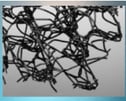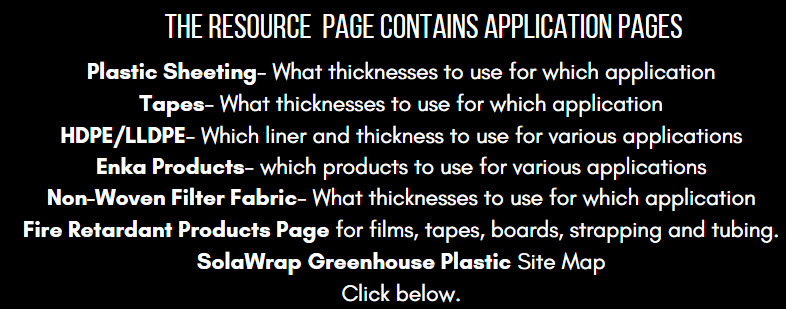What is EnkaMat?
EnakaMat is a high performance three-dimensional mat for vegetation reinforcement on slopes. It's used when the naturally grown or planted vegetation cannot prevent soil erosion from water or wind by itself.
If vegetation is absent after construction works, or is difficult to establish on steep slopes where loading may be too high for plain vegetation to withstand Enkamat offers the solution.
Why Use Enkamat?
Enkamat has two objectives.
- To provide temporary protection to the bare soil to encourage the development of vegetation under circumstances where this is normally difficult if not impossible.
- Enkamat's second objective is to permanently reinforce vegetation. It gives extra strength to the vegetation so that higher loading can be withstood than with plain vegetation without reinforcement.
How do Erosion Control Mats (blankets) Work?
The end goal for an erosion contol mat (blanket) is to hold the topsoil in place and slow down the effects of flowing water, blowing wind, etc and allowing the plants to remain in place.Is Jute the same thing as EnkaMat?
Enamat is made of an inert material which makes it very durable and able to withstand long periods of time.
Natural vegetation reinforcement materials such as jute,c, flax, wood wool or straw-mats only last a short period of time. They are only meant to provide temporary protection up to the point that the vegetation can take over this task.
Enkamat not only offers support in the early stages of the vegetation growth but adds extra strength after the vegetation is fully grown.
Natural materials are not consistent regarding their quality. Enkamat is manufactured under controlled conditions. This ensures a high quality of the material according to ISO 9001 standards.
Where does Erosion Occur?
Soil erosion happens gradually from the impact of wate or wind which displaces the upper layer of soil. Erosion can happen in flat bare windy areas as well as places where slopes are exposed to rainfall and water runoff.
In a broader sense, the natural process of soil erosion is caused by the dynamic activity of erosive agents that include snow, air/ wind, water, ice/glaciers, plants, animals and humans.
How does Soil Erosion Affect Topsoil?
EnkaMat Applications- Where is EnkaMat used?
- protection of slopes and embankments against erosion by rainfall and wind
- establishment of vegetation on steep weathered slopes
- earth stabilization on smooth surfaces
- protection of embankments against hydraulic loadings
- protection of waterways against hydraulic loadings
- protection of water deference
- special applications
Here's a Great Erosion Website to learn more!
Don't stop now and erode your curiosity. Let's slow the spread of soil!!! Reach us the follwoing ways to learn more.







